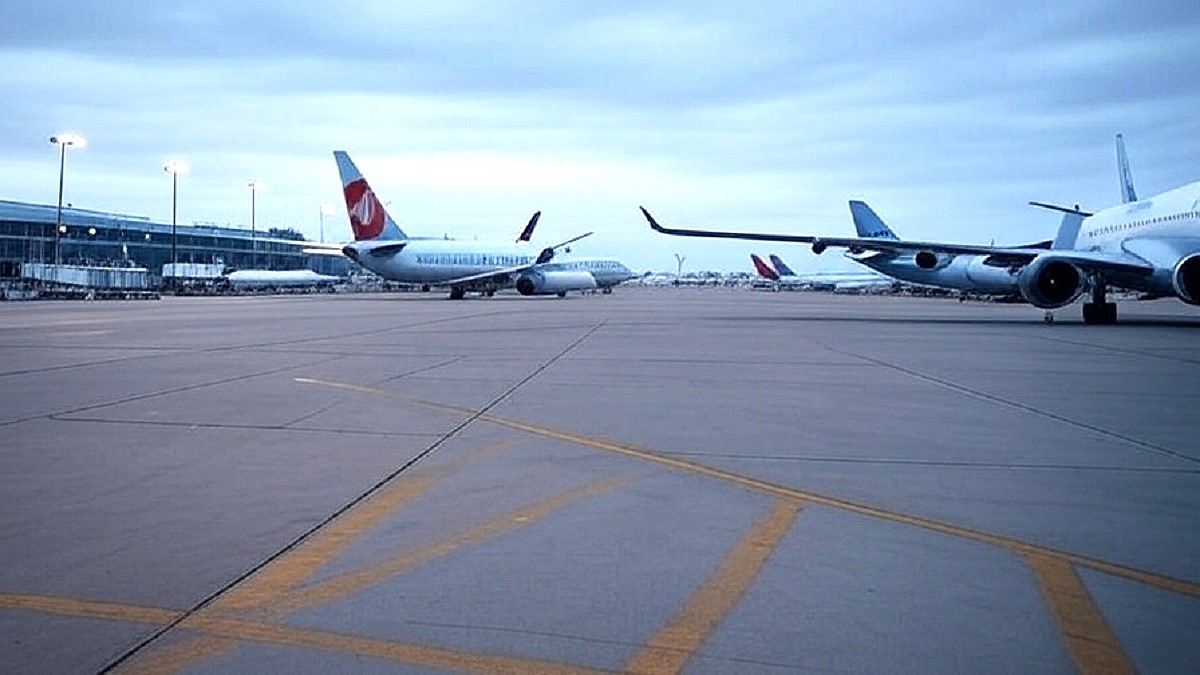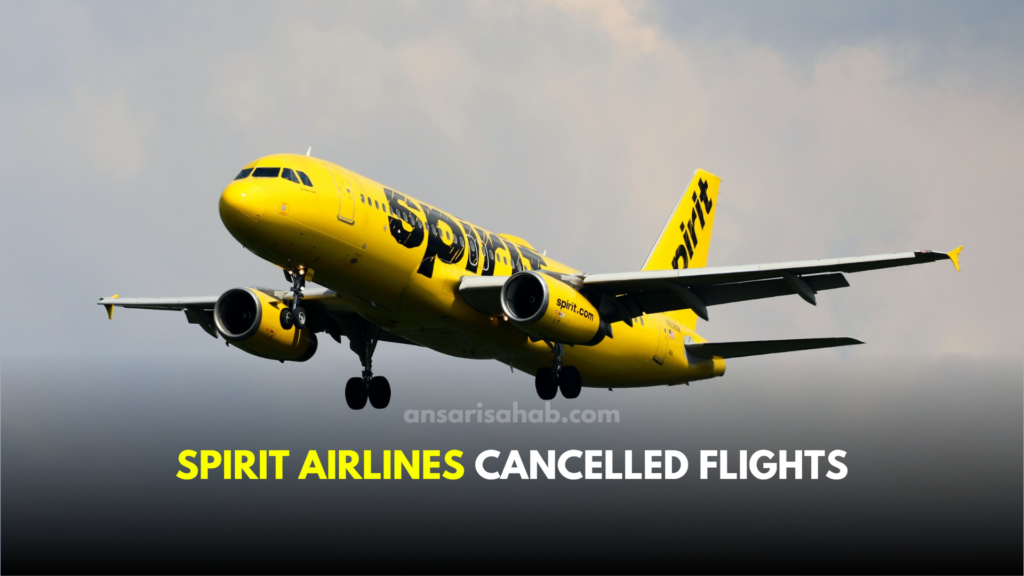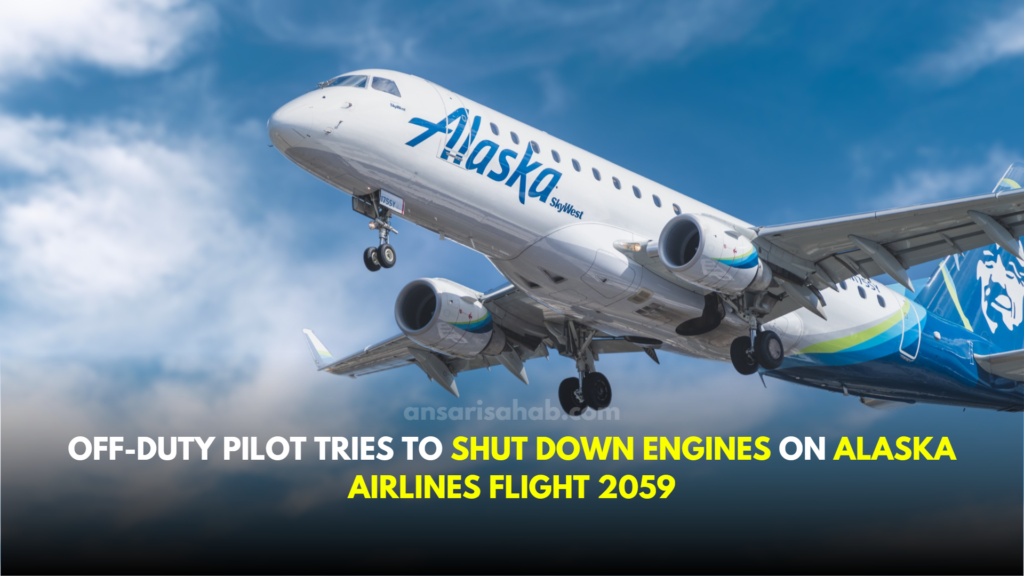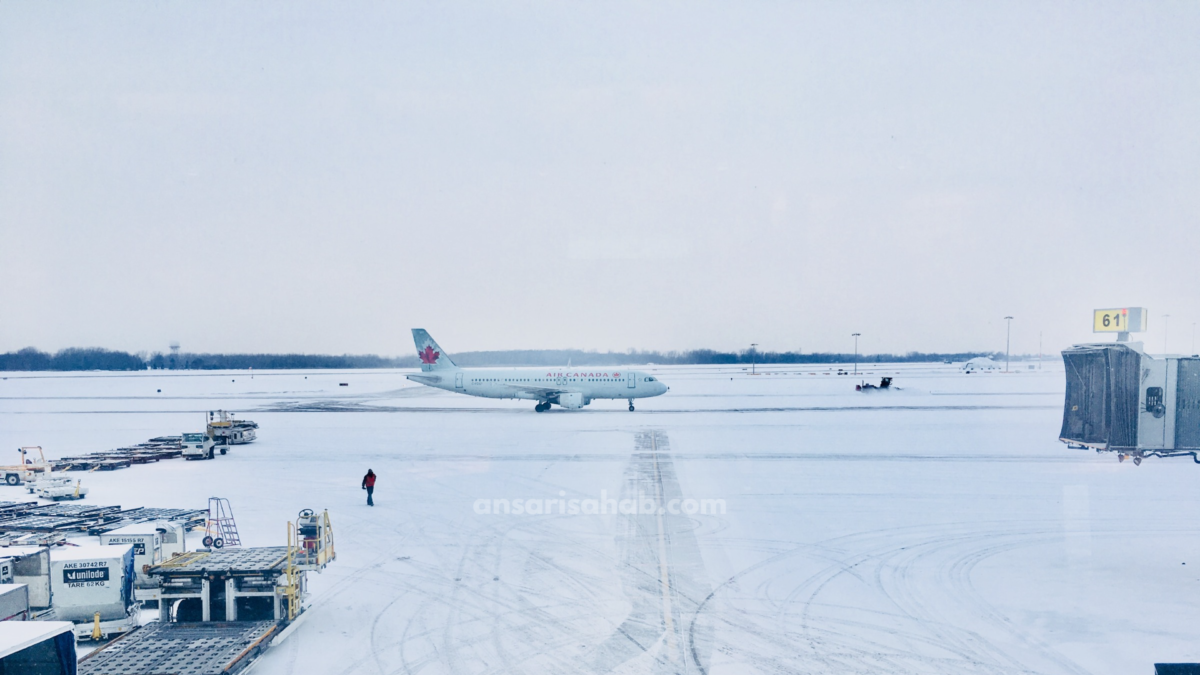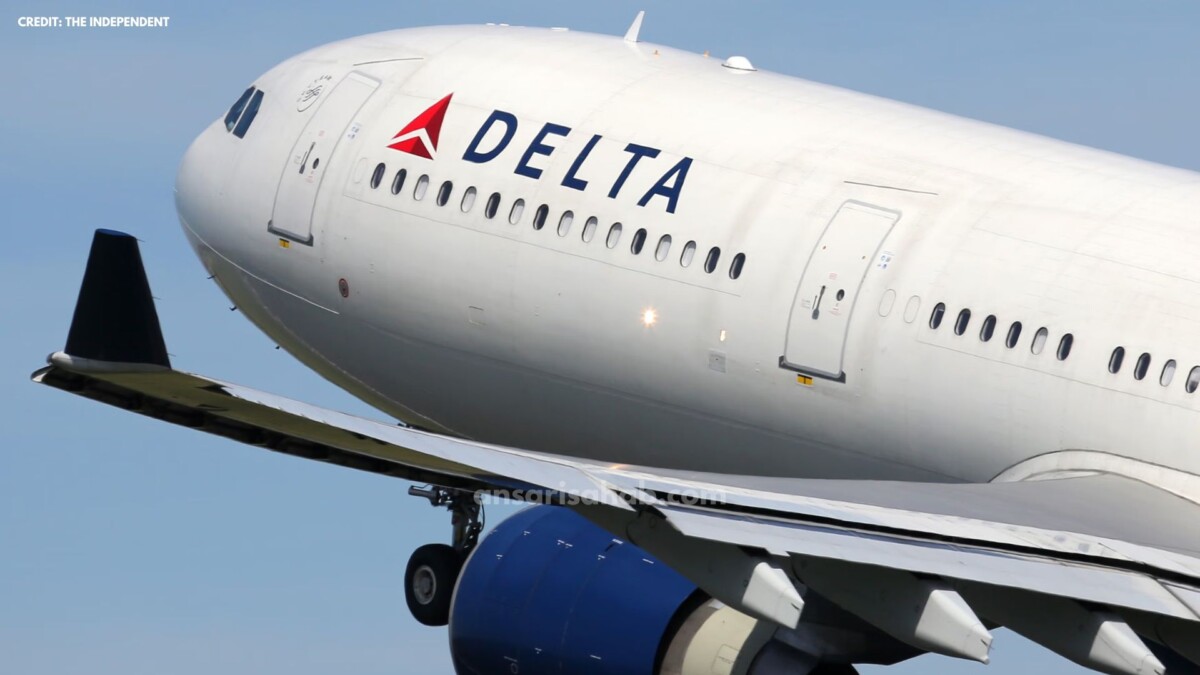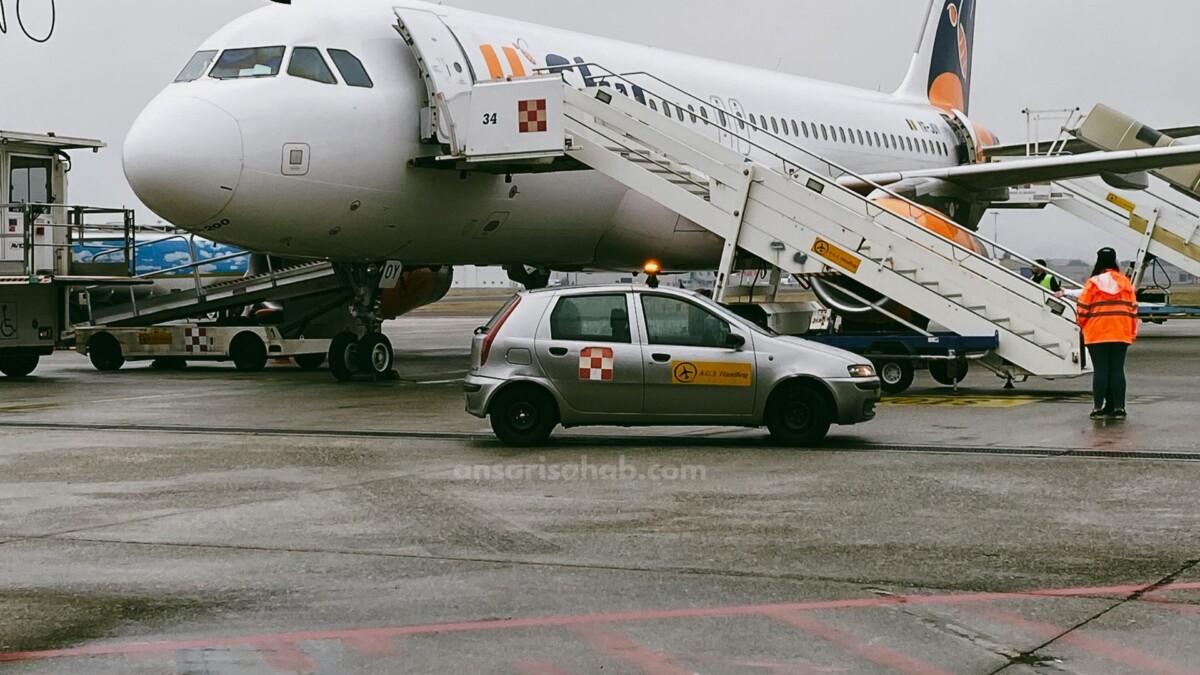Over 1,800 flights were disrupted—delayed or cancelled—across two Dallas-area airports from Friday into Saturday due to a major telecom outage, prompting ground stops and serious travel chaos. The cloud of disruption deteriorated schedules and affected thousands of passengers. (FAA, Reuters)
What Caused the Outages
- The root cause was a failure in telecommunications services supplied by Frontier Communications, after fiber-optic lines were accidentally cut by a contractor in Argyle, Texas. The outage disrupted data, radar, and radio systems for the FAA’s Dallas Terminal Radar Approach Control facility (TRACON), which serves Dallas Fort Worth (DFW) and Dallas Love Field airports.
- In addition to the physical cut, “multiple failures” in redundancy systems—overseen by L3Harris (an FAA contractor)—compounded the problem, meaning backup communications paths did not function properly.
Mumbai Phuket IndiGo Flight Made Emergency Landing in Chennai After Bomb Threat Hoax
How Bad the Disruption Was
- At DFW, more than 500 flights were cancelled on Friday, and about 160 additional cancellations followed into Saturday. Delays numbered in the hundreds at both airports.
- Southwest Airlines, which operates mainly from Love Field, saw over 1,100 delays on Friday alone, affecting roughly 27% of its schedule.
- American Airlines also bore much of the brunt: thousands of passengers impacted by cancellations, delays, and diversions.
FAA Response & System Weaknesses
- The FAA issued ground stops and later ground delays as communication and radar systems were offline. Many flights that were already in the air were diverted or held.
- Frontier Communications and L3Harris collaborated overnight with the FAA to restore service. By Saturday morning, operations had largely returned to normal.
- FAA officials emphasized this incident exposed vulnerabilities in the aging air traffic control infrastructure. Congressional funds—$12.5 billion—had been approved for modernization and upgrading these systems.
What It Means for Travelers & Airlines
- Many passengers faced cancellations, rebooking issues, missed connections, and extended wait times at airports. Airlines had to reallocate crews, aircraft, and manage ripple effects in scheduling.
- The disruptions highlight that even local telecom infrastructure issues—seemingly outside of airline control—can cascade into large-scale travel chaos when they affect air traffic safety systems.
- Airlines and airports may revisit their emergency response protocols, communication redundancies, and risk assessments for telecom failures in TRACON or similar control facilities.
Broader Lessons
- The outage in Dallas is part of a pattern: frequent infrastructure issues—telecom service failures, aging systems, lack of redundancy—are becoming more visible in U.S. aviation operations.
- While the FAA has plans and funding for modernization, implementing upgrades takes time. In the meantime, passengers may face sporadic but disruptive outages.
- Public expectation is growing for transparency from airlines and regulators about what goes wrong when basic systems fail—and how travelers will be compensated or protected when delays/cancellations are caused by issues beyond weather or typical operational risks.
FAQs
More than 1,800 flights were delayed or cancelled at Dallas Fort Worth and Love Field airports combined. American and Southwest were among the hardest hit.
The failure involved fiber-optic lines for telecommunications, which disrupted FAA’s radar, radio, and data links at the Dallas TRACON facility. Redundancy systems overseen by L3Harris also failed to kick in.
The FAA, along with Frontier Communications and L3Harris, are reviewing system redundancies. Congress has approved $12.5 billion in funding for modernizing air traffic control infrastructure. Airlines and airports are also evaluating their protocols for telecom failures.
While the immediate disruption caused by the telecom outage in Dallas has largely been resolved, its effects linger — over-booked schedules, shaken traveler confidence, and a spotlight on how fragile the coordination among telecom, FAA, and airlines remains. For passengers, this means staying alert and checking with airlines frequently when flying through major hubs.
Sources: Reuters

